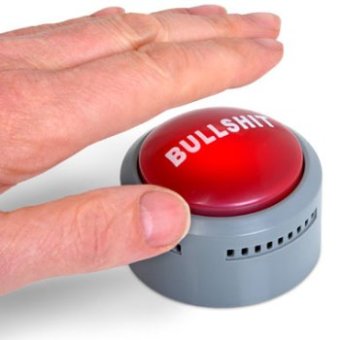From time immemorial there has been a debate raging in the caribbean about quality and taste preferences. This debate while centred around music specifically (calypso derivatives) and cricket (two major components of caribbean culture) holds an important lesson for marketers regardless of their industry.
In each case the purists are displeased with how each has evolved and are quick to point to the ‘new’ manifestation as a degeneration of something so sacred.
Cricket traditionally played over 5 full days by players wearing all white has over time seen a contraction to present day where a group of colourfully attired players can now complete a game in under 5 hours. in this form of the game players now command higher match fees as well as performance tied bonuses. At this time the Caribbean is hosting a tournament that has created carnival like atmospheres at venues and attracted stadium capacity crowds along with higher viewership rates (locally and internationally) than has been the case for a long time for the traditional game.
This tournament has created a surge in interest from the persons previously disillusioned and disinterested in the traditional game. it has even attracted international celebrities Mark Walberg who purchased a franchise team and my personal idol Sir Richard Branson who has been posting about it on his personal blog and twitter. Richard even attended a game wearing an official uniform with his name on the back. (though his team trounced mine i still love him)
Soca
Our carnival season has just finished and one of the stand out songs is by a group known as ‘Porgie and Murdah.’ These guys are in no way our greatest musicians, lyricists or producers but what they succeeded in doing is capturing the hearts of the listening public with satire. This has seen them achieve veritable celebrity status in a island that is generally apathetic to fame (especially on the local level). I witnessed teenagers at a summer camp singing the song verbatim and heard tales of mothers treasuring their autograph. The song as expected did not win any official competitions but the group which debuted a few months prior found itself as a main feature on the artist lineup at several (almost all) high profile party events over the season. How well will this translate for them in the future i can’t predict but this is the most fame a satirical group has garnered to my recollection.
What’s the lesson here? You can’t make people have a deep appreciation for the highly technical and when creating or marketing a product only the innovators and early adopters are willing to put in the effort because of their very nature. if you want to achieve mass adoption changes must be made to allow easy acceptance by the early and late majority.
The purists have their opinions but as with most genres the populace doesn’t want a deep relationship fraught with nuance and cadence. Very few people can appreciate or even identify espresso but most just want a nice foamy drink in the middle of the day.








